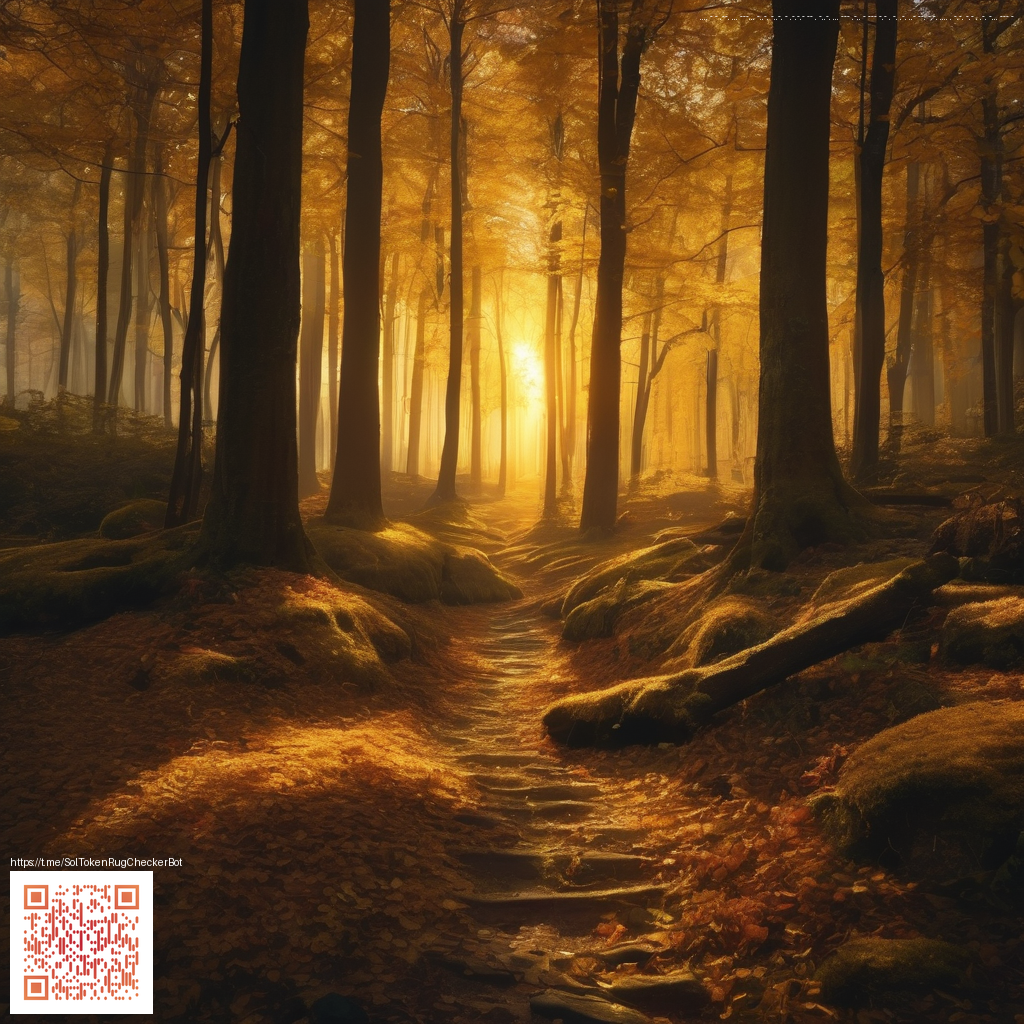
Overlay Stacking for Depth and Detail
In contemporary visual design, layering is more than a decorative flourish—it's a deliberate strategy to guide attention, reveal texture, and imply physical space on a flat surface. Overlay stacking lets you combine multiple elements into a single, cohesive scene where each layer contributes to a richer sense of depth. When executed thoughtfully, overlays don’t just add detail; they create depth cues that mimic real-world lighting, texture, and perspective.
Foundations of Overlay Stacking
- Order matters: The sequence in which you place overlays determines which textures and colors dominate. Start with a solid base and add translucent layers to avoid muddy results.
- Opacity and blending: Small adjustments in opacity and blending modes (such as overlay, soft light, or multiply) can dramatically alter how layers interact. Subtle changes often yield the most natural depth.
- Texture vs. color: Distinguish texture overlays (grains, patterns, fabric weaves) from color overlays (tints, gradients). Texture adds tactile realism, while color overlays unify the palette.
- Masking for precision: Use masks to reveal detail in specific areas and prevent overlays from washing out important features. A well-masked overlay feels intentional, not accidental.
- Light and shadow cues: Overlay light leaks, rim lighting, or shadow glows to simulate depth. These cues help separate foreground elements from the background, even on a two-dimensional canvas.
Tip: When layering, think in terms of foreground, midground, and background. Each plane contributes to the overall depth, but the most convincing scenes balance contrast and texture across all layers rather than piling on more elements.
Practical Workflow for Rich Overlays
- Begin with a clean base image that already contains strong composition and focal points. The groundwork should be solid before overlays enter the scene.
- Add a subtle texture overlay at a low opacity to introduce tactile detail without overpowering the underlying image.
- Introduce a color overlay to harmonize the palette. Experiment with soft light or overlay blending to preserve natural midtones while enriching mood.
- Integrate a lighting overlay to simulate directional light. A gentle glow or bloom can guide the eye toward key areas, enhancing perceived depth.
- Mask carefully to ensure important features remain crisp. Use layer masks to protect highlights and preserve essential details within the subject.
- Fine-tune with a final sharpening pass or clarity adjustment to bring out micro-details that often get muted by overlays.
For analog or desk-based layouts, a stable workspace can make a surprising difference. A high-quality desk mat or mouse pad with a non-slip backing keeps papers, rulers, and small overlays aligned during iteration sessions. For example, a dedicated accessory like the Custom Rectangular Mouse Pad 9.3x7.8 Non-Slip Backing helps maintain precision as you draft and test multiple overlay configurations. When you’re exploring layered designs, keeping your physical tools steady reduces rearrangement friction and lets you focus on the visual stack.
Inspiration can also be drawn from curated image collections that showcase how overlays behave in practice. If you’re looking for a reference, this gallery https://peridot-images.zero-static.xyz/4c792e52.html highlights effective depth cues and texture interplay that translate well to both digital and print work.
Accessibility note: when layering, ensure that critical details remain legible even at reduced opacity. Test overlays at smaller scales and with varying contrast to ensure the final piece communicates clearly across devices and formats.